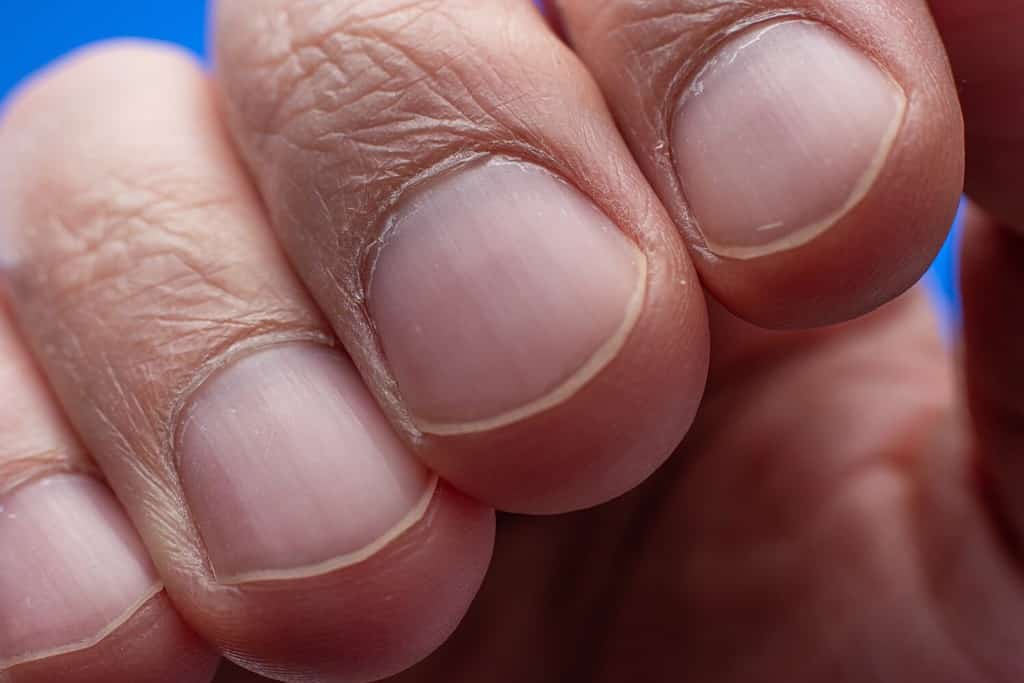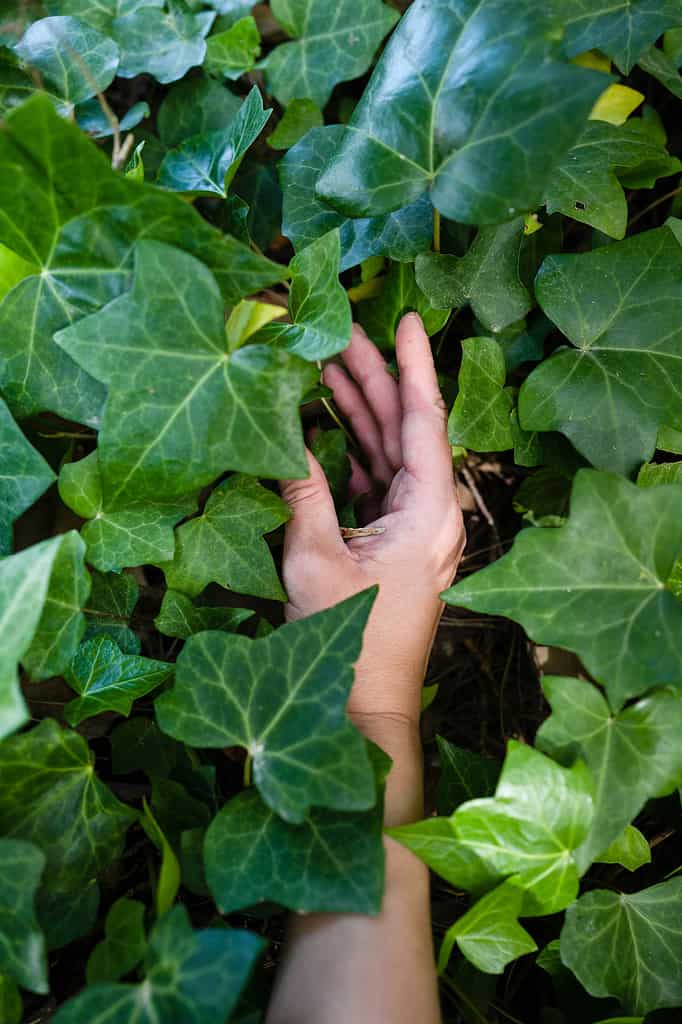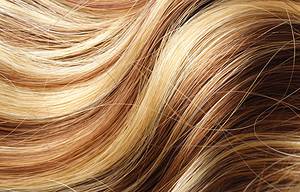There is hard proof that humans have augmented their nails for at least 7000 years. In Ancient Egypt, China, and India, women used henna to stain their fingernails, and our fascination with nails has only grown since then. How long does it take to grow fingernails? We’ll take a closer look now.
What is a Fingernail?

A fingernail is a skin appendage made of keratin.
©Octavian Lazar/Shutterstock.com
Fingernails are skin appendages made of mostly keratin. What we commonly call a nail is technically a nail plate. It is attached to a soft nail bed beneath it until the two separate at the tip of our fingers.
The shape of a nail is determined by the bone underneath it. Nails are very strongly attached to the underlying nail bed, and the removal of the nail from this bed is considered an injury called an avulsion.
Nails, claws, hair, hooves, and horns found throughout the mammalian spectrum are primarily formed from alpha-keratin which is a hard protein. Since keratin is a protein, nail health is affected by nutrition. Proper keratin production is maintained by consuming foods like sunflower seeds, garlic, kale, salmon, onions, and eggs.
By the time keratin cells become part of the hardened surface that we refer to as a nail, the cells have died. This is why clipping our nails doesn’t hurt.
Despite the nail itself being dead, it is secured to your finger by the nail bed which is very much alive. This nail bed is made of dermis which is the layer of skin that exists underneath the epidermis that we see everywhere else on our bodies. This dermis is filled with nerve endings that respond to pressure that is put on our nails which gives them feeling.
Why Do Fingernails Grow?
Fingernails grow as more keratinous cells are made. A nail matrix exists under the skin at the base of every human nail, and this tissue matrix creates cells. As more cells are created, the original cells harden as they are pushed outward.
As these cells migrate toward the tip of our finger, the nail plate grows. This nail matrix does extend into visible space, and it’s responsible for the white half-moon we can see at the base of our nails above our cuticles.
How Long Does It Take to Grow Fingernails?

The average fingernail growth rate is up to 0.15 inches per month.
©Yuliya Ufimtseva/Shutterstock.com
Fingernails grow up to 0.15 inches per month. Depending on finger and nail size, an average person can grow an entire fingernail in 3 to 6 months.
Surprisingly, fingernails do not grow uniformly on the same person. The nails on longer fingers grow faster, and the nails on a person’s dominant hand also grow faster. Nails on pinky fingers grow the slowest.
Nails also respond to the time of day and the seasons. Fingernails tend to grow quicker during the summer, and they grow more during the day.
A fingernail’s growth speed is also dependent on age. Between a person’s 20s and the age of 70, nail growth slows by about 23 percent. This probably happens because blood circulation decreases as one ages.
How Long Does It Take to Grow Toenails?

Toenails grow about 40 percent slower than fingernails.
©iStock.com/Veronika Toth
Toenails grow slower than fingernails at about .06 inches per month. This means that toenails grow about 40 percent slower than fingernails, though the big toe’s toenail grows the fastest. It takes about 12 to 18 months for an entire toenail to grow on the average adult human.
While toenails are drastically different than fingernails in an anatomical sense, toenails don’t experience as much trauma and general use as fingernails. As a result, there isn’t as much circulation. Since increased circulation increases the speed of nail growth, toenails grow slower than fingernails.
Human feet are also farther away from the heart than hands. As a result, toenails experience less blood flow than fingernails. This contributes to a toenail’s reduced growth rate.
Why Do We Have Fingernails and Toenails?
Fingernails and toenails are useful as tools. In humans, they have evolved in place of claws since people have less of a need to protect themselves or climb like clawed wild animals.
Why Humans Have Fingernails

Having fingernails protects us from bacteria and viruses in our environment.
©Phoenixproduction/ via Getty Images
Fingernails better aid daily life by allowing for fine motor skills like precise scratching or turning pages in a book. Also, one of the strongest parts of a human hand is the fingertips because nails are present. That’s due to the protection and strength that hard nails provide.
Having protection over our fingertips that we use often to interact with the environment keeps us healthy. It keeps infections down by blocking bacteria and viruses in a way that fleshy skin does not.
Why People Have Toenails
While some people use their toes to pick things up off of the ground, it isn’t nearly as common as using fingers to grip. Toes also aren’t often used for fine motor skills.
Instead, toenails are primarily in place for protection. Like fingernails, having a nail protecting the ends of toes keeps them safer from bacterial and viral infections. It also helps protect toes from injuries when we stub them or they rub against things like the inside of shoes.
Do Fingernails Grow After Death?

There is no meaningful fingernail growth after death despite popular lore.
©shutting/Shutterstock.com
No, fingernails and toenails do not experience meaningful growth after death. While it appears that nails get longer after a person dies, this is caused by nail bed exposure due to dehydration.
When skin dehydrates dramatically after death, it shrinks. This shrinkage at the base of the nail bed exposes more of the nail.
While it isn’t true that sizeable nail growth occurs after death, it is not entirely untrue that a tiny bit of nail growth occurs after brain death. When someone dies, the entire body doesn’t die all at once. It takes a while for certain processes to come to an end.
In a person who was extremely healthy at death, it may be possible for their nails to grow another .01 percent in the few hours it takes for the cells responsible for nail growth to completely die. This occurs because the cells responsible for keratin production do not completely shut down until they run out of glucose. This is an exceedingly rare occurrence, however.
Thank you for reading! Have some feedback for us? Contact the AZ Animals editorial team.








